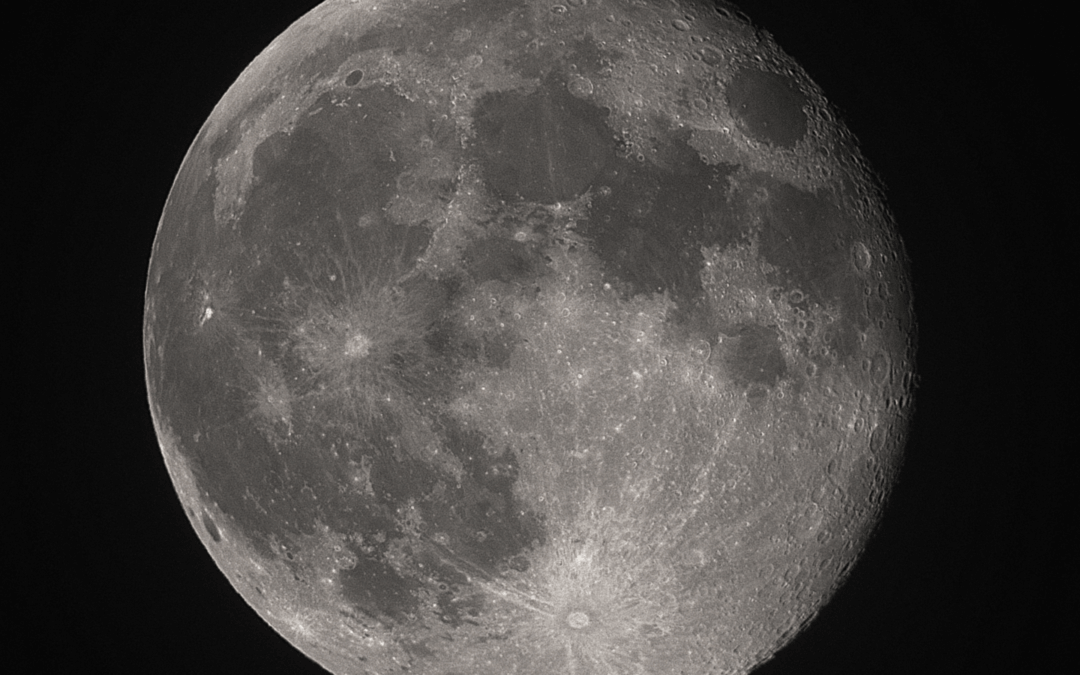As we approach the winter midpoint in the Northern Hemisphere, it’s time to celebrate long, dark nights. The Lunar New Year, an astronomical celebration if there ever was one, begins February 1, as we ring in the Year of the Tiger. Valentine’s Day comes soon after that.
But there are other reasons for stargazers to celebrate. Orion and the Pleiades are making their annual rounds. Jupiter is visible in the evenings through early February, though observing planets like Saturn, Mars and Mercury is increasingly tricky as they journey closer toward the sun in our night sky. Meanwhile, Venus will dance with the crescent Moon in early February in a beautiful conjunction.
If that’s not enough, the New Moon arrives January 31, giving us excellent observing through the first week of February.
Along with those celestial treats, we’ve curated a few of our favorite sights to see in winter. Find them in this month’s observing challenge below! And for those enjoying balmy summer nights in the Southern Hemisphere, fear not. All but one of these challenge objects is visible in both the northern and southern skies.
Fireworks Galaxy
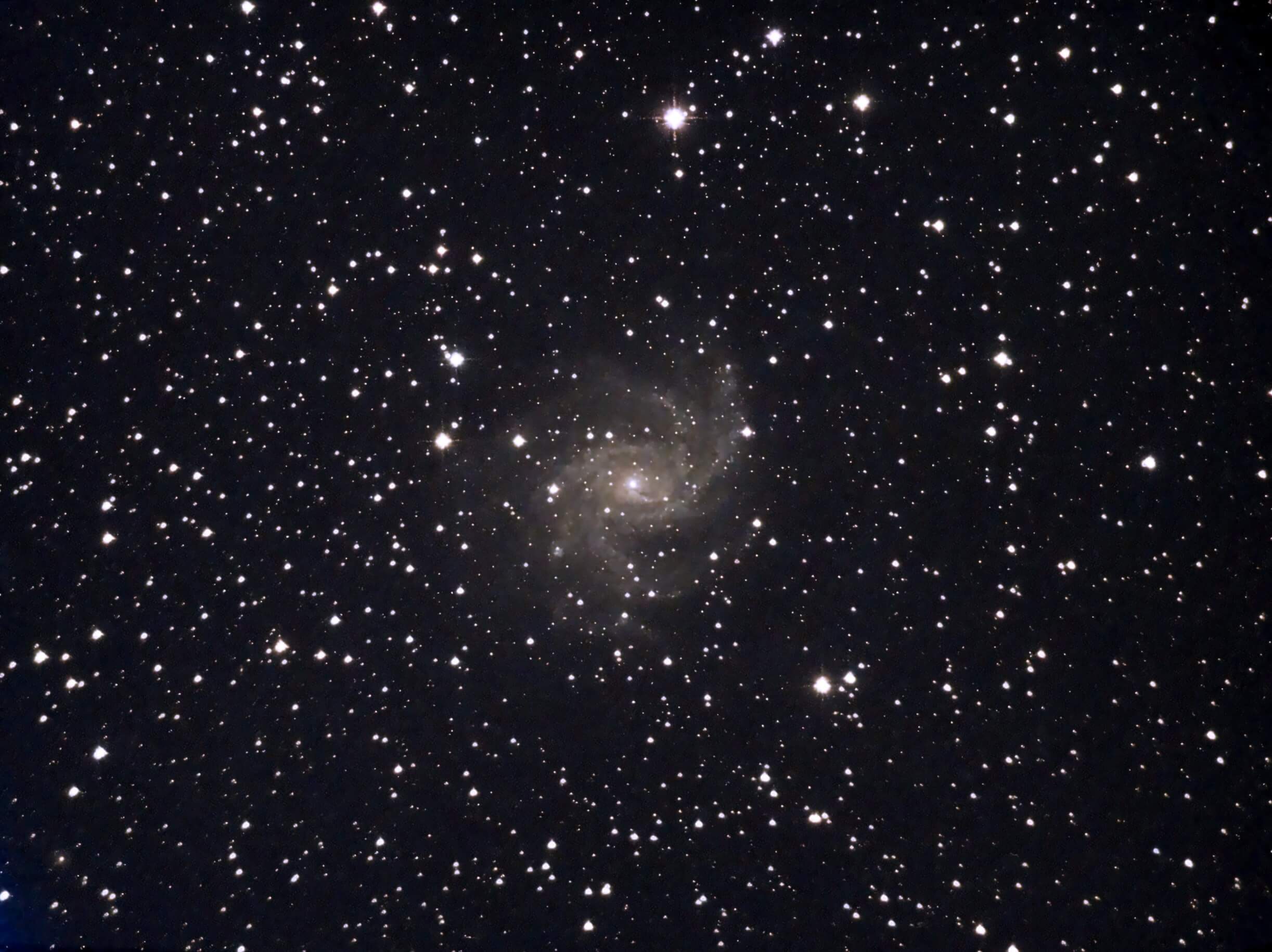
Bursting brightly in the night sky, the Fireworks Galaxy (NGC 6946) makes an excellent complement to the earthly explosions that will ring in the Lunar New Year. Fittingly, it’s a starburst galaxy, or one that’s forming stars at a very high rate. The Fireworks Galaxy is the only object on this list not visible from both northern and southern skies.
Running Man Nebula
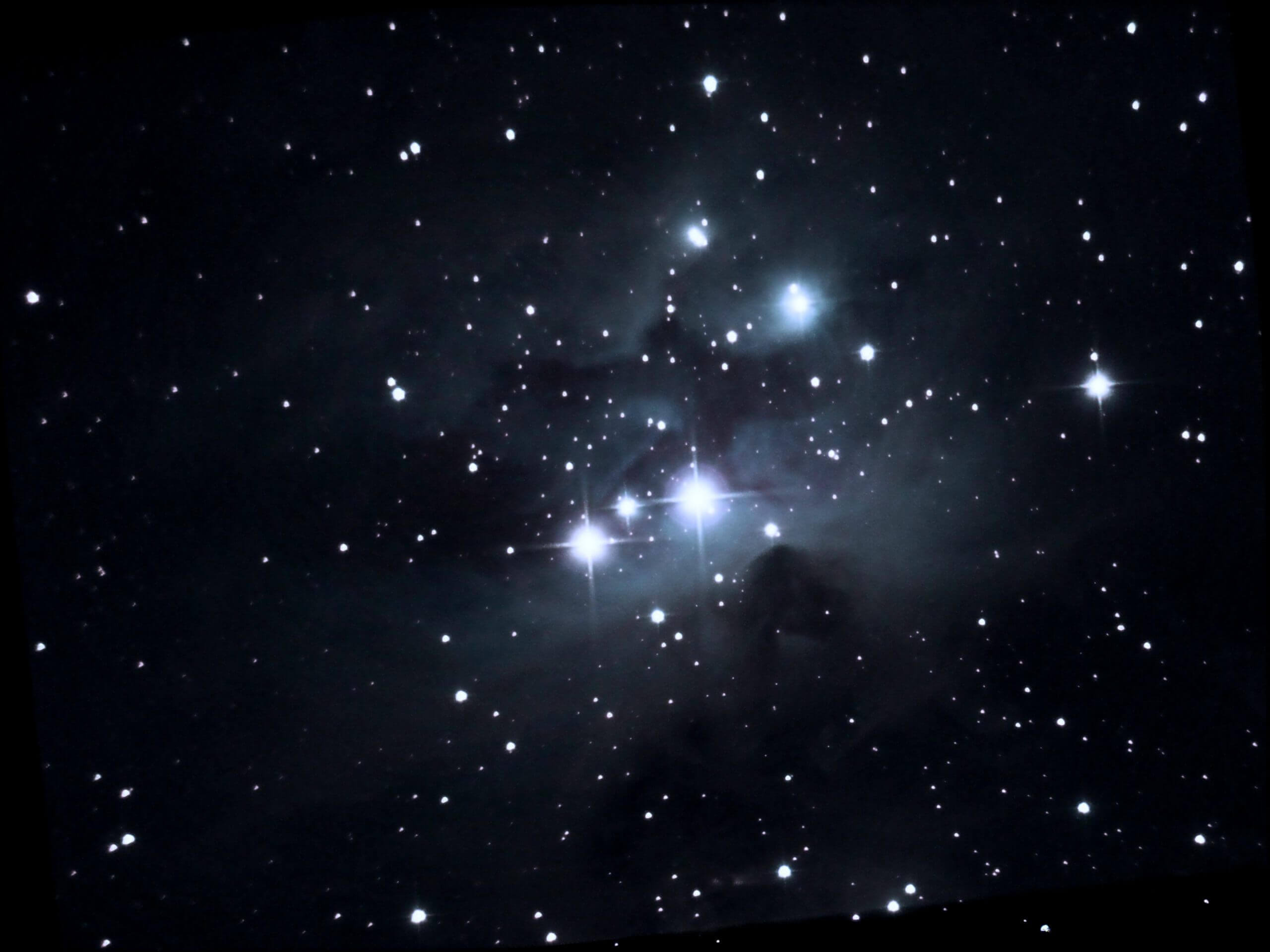
This bright reflection nebula in Orion forms the tip of the constellation’s sword. With a little imagination you can see the churning limbs of a running figure.
The Pleiades
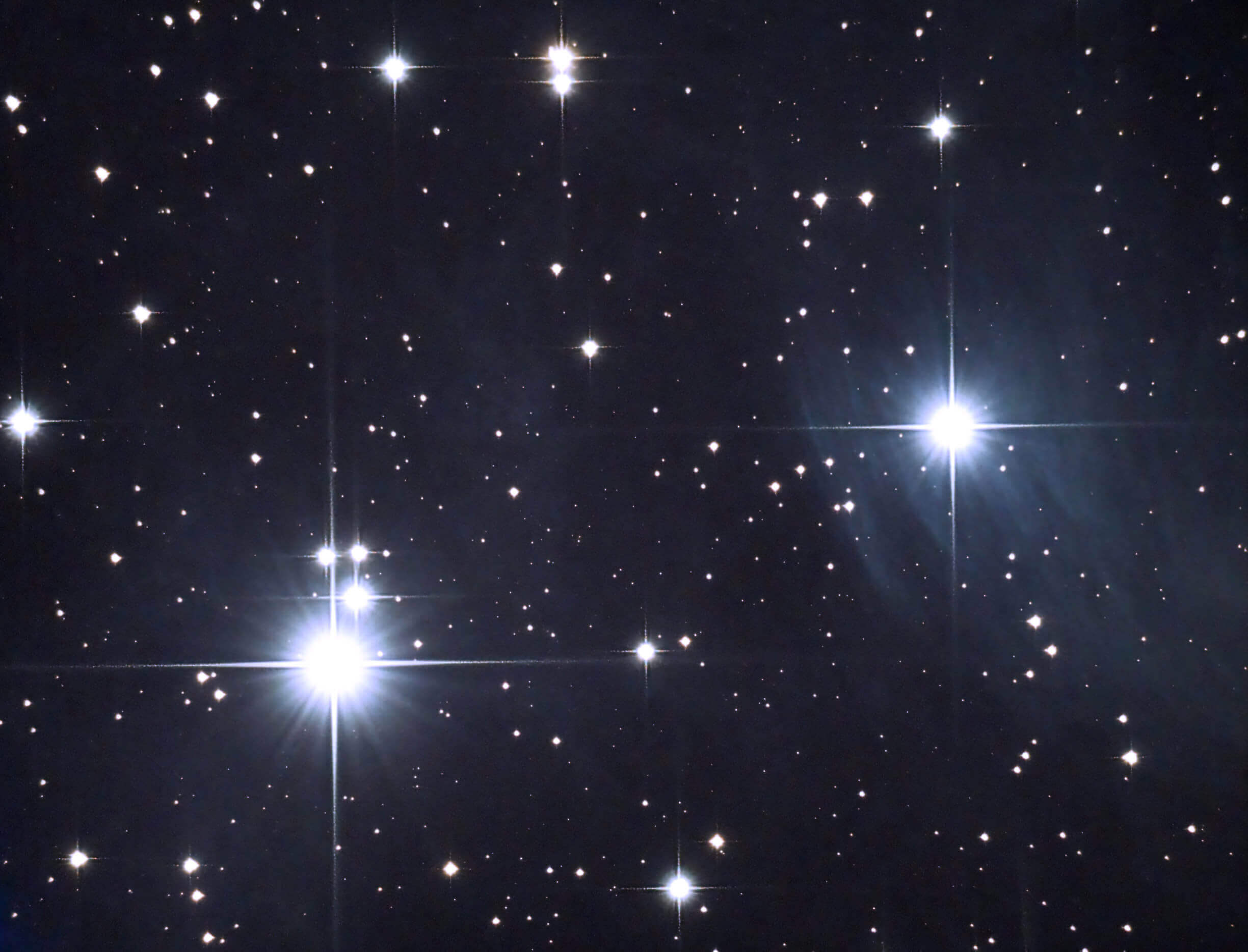
This open star cluster, the so-called seven sisters, is also the namesake of Japanese car maker Subaru. It’s name comes from the seven daughters of the titan Atlas and the ocean nymph Pleione. With a telescope, not seven, but hundreds of stars spring into view in this large cluster.
Orion Nebula
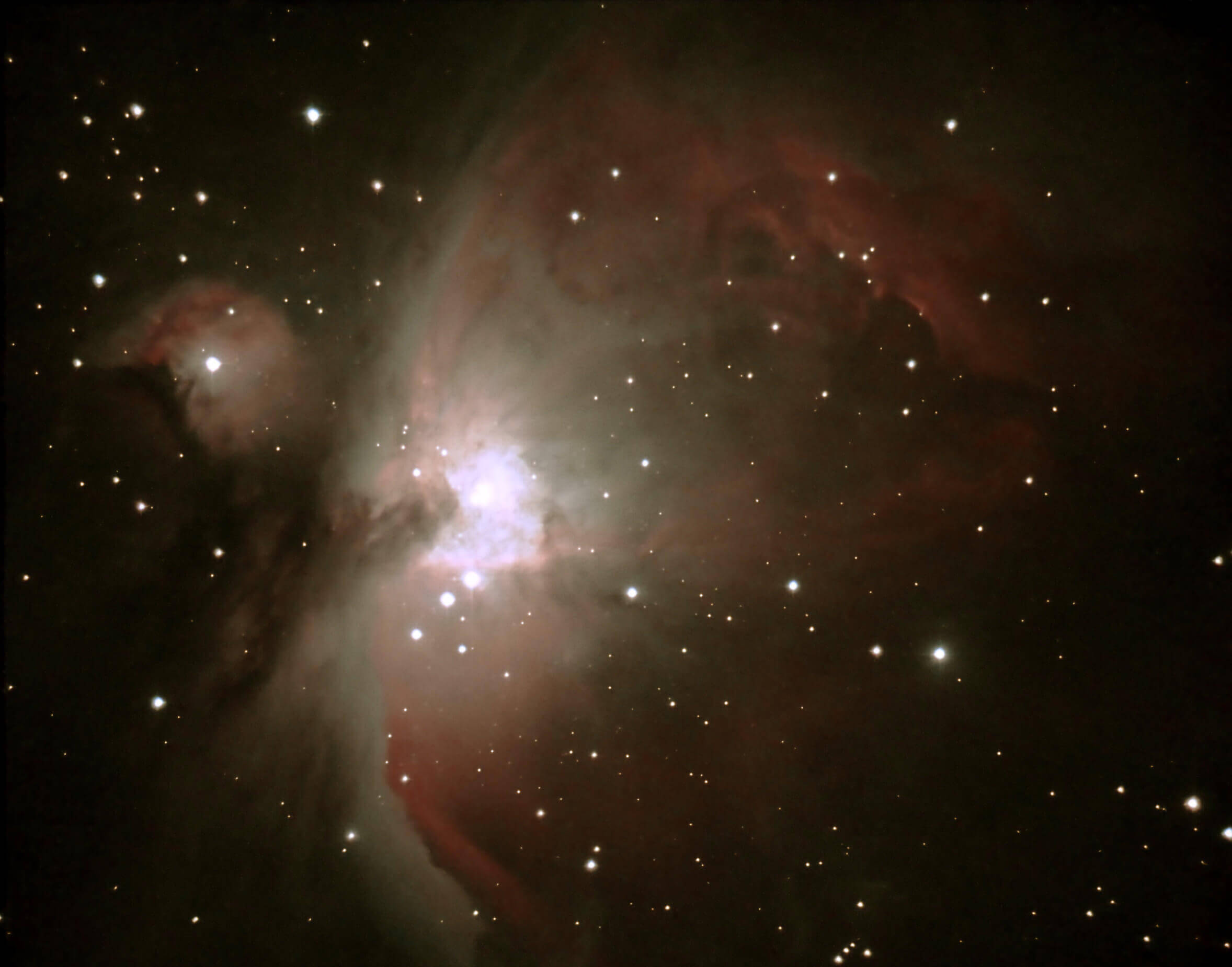
Found just below Orion’s Belt, the Orion Nebula is a star-forming region that sits close to Earth. It’s both bright and relatively easy to spot.
Flame Nebula
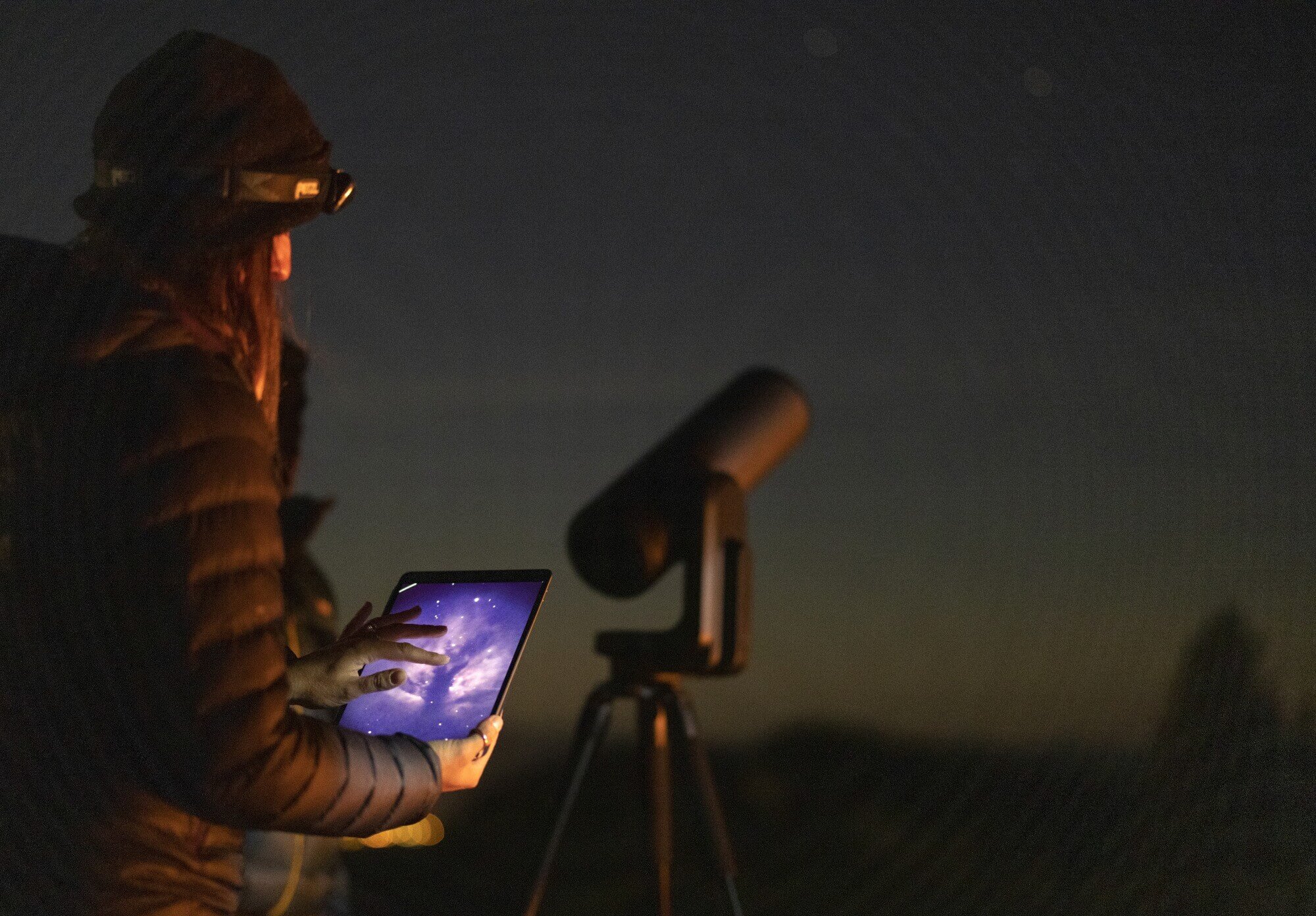
Let the flame nebula set fire to your passion for stargazing this Valentine’s Day! This emission nebula burns brightly in the constellation Orion, glowing from within due to the light of the massive young stars it contains.
We encourage you to share your observations and join the conversation through our Facebook, Instagram and Twitter pages using the hashtag #UnistellarChallenge!
If you’d like to send us your observations by email, send them to [email protected].
Clear skies! 🔭
Further readings
3 Reasons to observe this month
Every month, discover three unmissable celestial events to observe with your Unistellar telescope.
Observing Eclipses on Jupiter: Cosmic Spectacles Through a Telescope
The latest Unistellar App Update, version V3.0, is now live. Explore a smooth stargazing experience !
Unistellar Community Included In Multiple Scientific Papers
Did you know Unistellar Citizen Astronomers are often cited in published scientific papers? Find out how you can contribute too!
What Are the Names of All the Full Moons in 2024?
Discover the enchanting names of the full moons in 2024. Delve into the unique character of each lunar spectacle and embrace the allure of the night sky.
New Unistellar App Update: Version 3.0
The latest Unistellar App Update, version V3.0, is now live. Explore a smooth stargazing experience !
What to Observe This November: Open Star Clusters and More
These Halloween deep-sky objects will add some light to those dark, spooky nights. Treats, tricks, and telescopes await!




